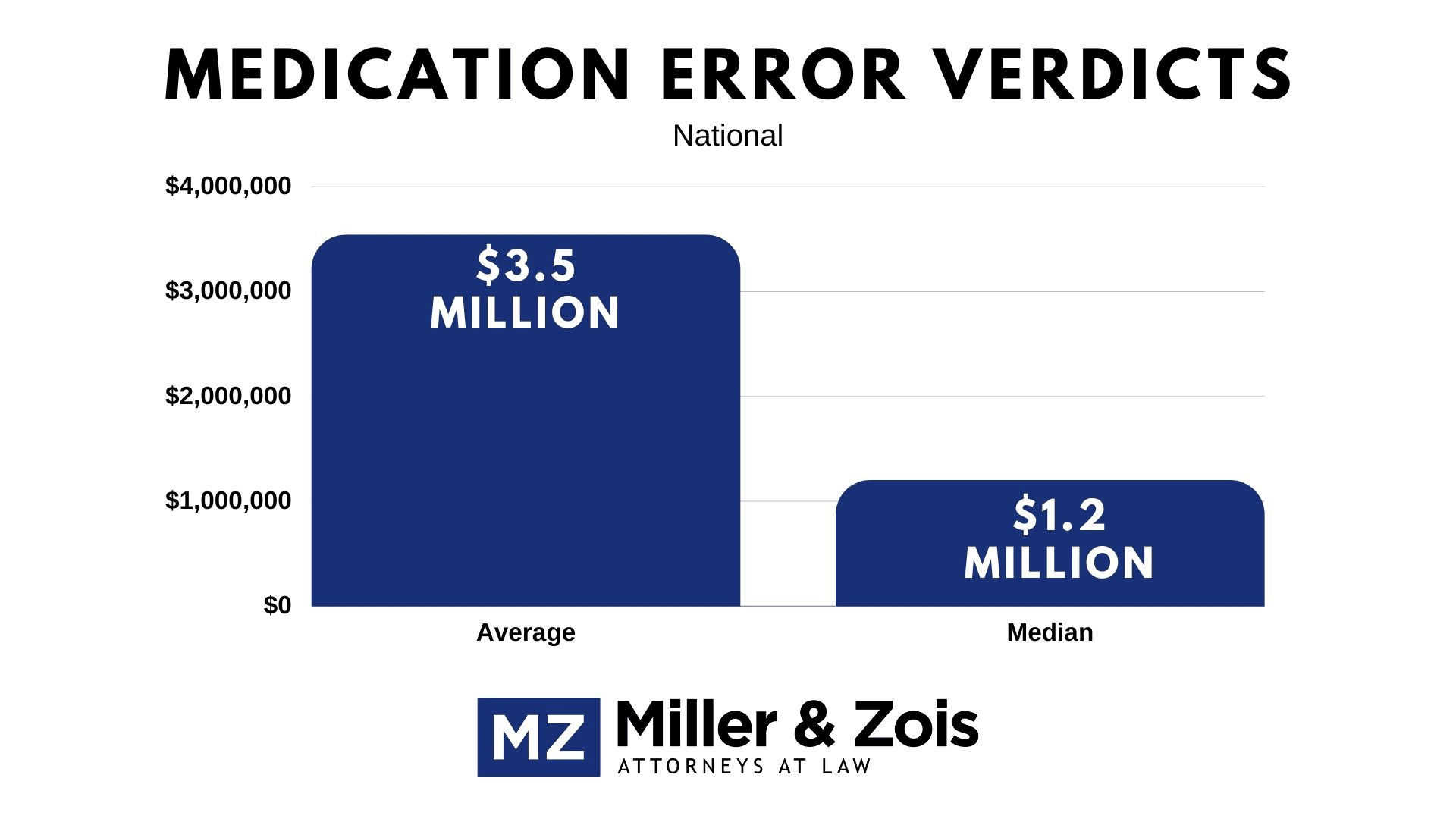Medical malpractice cases involving a stroke can be a challenge. Stroke cases are difficult to prove. Are there viable cases? Absolutely. On this page, we will look at medical malpractice cases involving stroke diagnostic errors and the average settlement value of these cases.
This post is for lawyers who are getting stroke misdiagnosis cases but do not know whether the claim is viable. There are common threads that run through the most successful stroke misdiagnosis/failure to treat cases. Cases that result in a settlement or a jury verdict for the plaintiff are usually one of these two breeds: Failing to prevent a stroke and failing to treat a stroke once it has occurred. Continue reading
 Maryland Injury Law Center
Maryland Injury Law Center


